Marks K
(c) Antique Metalware Society
Small extracts can be used with acknowledgements to 'Oldcopper.org' website.
Helpful comments are very welcome.
 |
|
| AK mark of Annie Keifert, Indios Copper, Chantilly, VA, USA | |
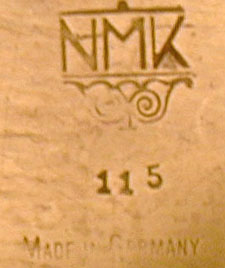 |
|
| NMK, Neues Münchner Kunstgewerbe, Germany | |
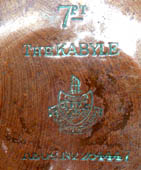 |
|
| Kabyle mark registered by B. Perkins & Sons, 123, Bermondsey Street, London, EC, Tin Plate workers and Japanners. | |
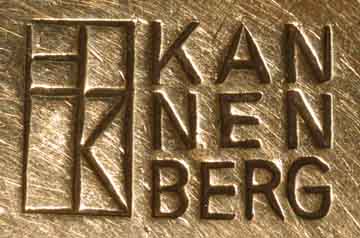 |
|
| Kannenberg, Germany, further details welcome. This mark on a lidded pot copper, brass and pewter in the secessionist style of Wiener Werkstatte. German Copper and Brass. | |
| Karnak, Benedict, USA, Benedic | |
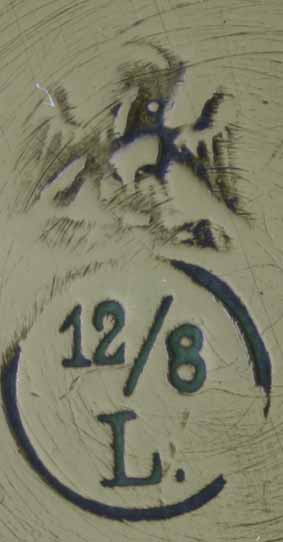 |
|
| J P Kayser & Son of Krefeld-Bochum, near Düsseldorf, Germany were originally 'Leuconide Metalware Factory, founded around 1885. They were tin manufacturers and developed a lead-free pewter with the trade name 'Kayserzinn' from 1894 to 1912. Under Jean and Engelbert Kayser, this was used in the making of Jugendstil items designed in Cologne by Hugo Leven and others. They also produced well-made copper and brass items and used the phoenix mark shown here, found under a 1.5 litre brass spirit kettle c1895. Other marks were used for the pewter items, numbered from 4,000 to 4999 during the period 1894-1925. | |
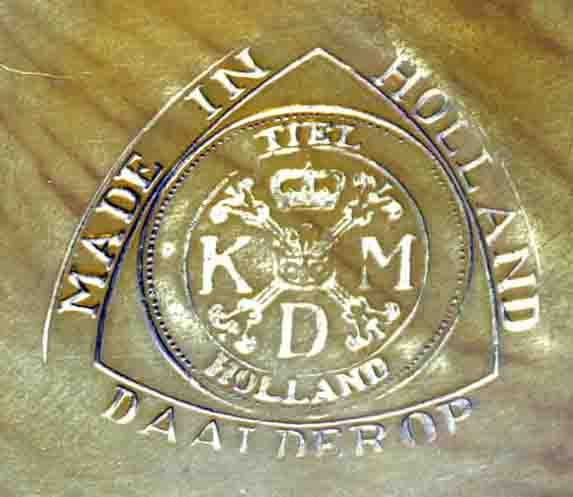 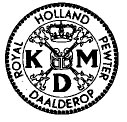 |
|
| KDM, Royal Daalderop Holland, founded 1898, now make decorative pewter items. Many of their art nouveau items come from original WMF moulds. | |
 |
|
 |
|
Keeler Brass, Michigan, USA, founded 1893, now making brass stampings and zinc diecastings. |
|
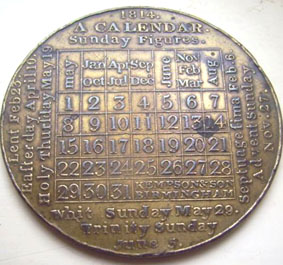 |
|
| Peter Kempson, Little Charles Street, Birmingham, Medalist and metal dealer. The family were originally button makers but Peter Kempson spread interests, forming several companies and probably working from more than one address. According to the book on Medalet makers by R N P Hawkins (pp35-42) the companies were Peter Kempson (1795-1801 in St Mary's Row then Little Charles Street) Kempson & Kindon (1802-09), Kempson & Son (1810-24) and Kempson & Co from 1825. The company made historical medals, medalets. tokens, whist markers and calendar medals (of 39mm dia). | |
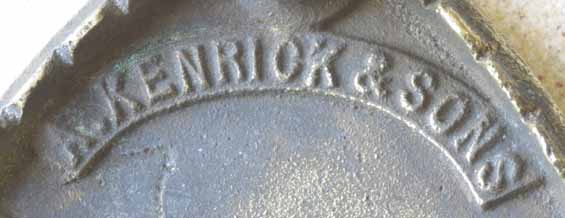 |
|
| Archibald Kenrick & Sons, Ltd., Spons Lane, West Bromwich (which is between Birmingham and The Black Country). Established in 1791, it was a family firm in which six Kenricks were named amongst the management in the 1908 Ryland Directory. A quality iron foundry, they also cast some brass items designed by Christopher Dresser. Closed 1991. Kenrick & Sons | |
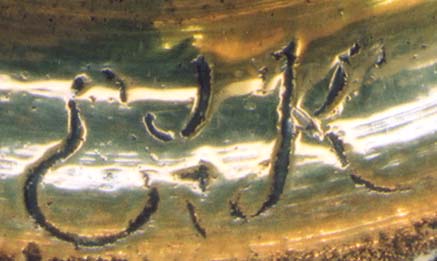 |
|
| E. Kendrick, Edward Kendrick was a maker of brass candlesticks in Covent Garden, London, in the 18th/19th centuries. (see Butler) | |
 |
|
| This mark found raised under the base of a candlestick made including a patented feature (Photo by Dudley Ward). | |
| Thomas Kenrick, Summer Works, Summer Lane, Birmingham, brassfounder. Mark and further information welcome. | |
| Keswick Home Industries was set up by W H Mawson after he left KSIA. KSIA Keswick | |
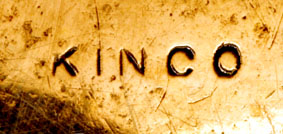 |
|
| Kinco, Trade Mark - see feature pages and catalogue. Kinco Brassware | |
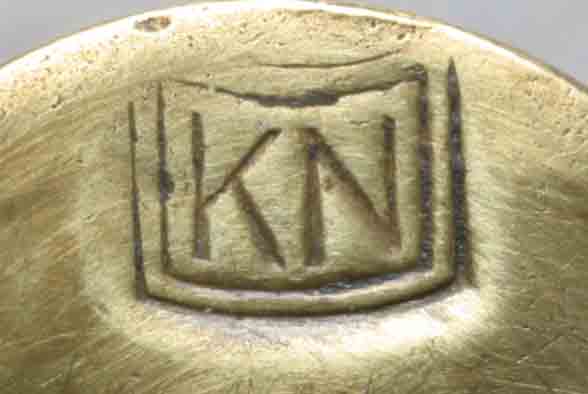 |
|
('KN' logo photo from the end of an oiler bottle as used for servicing Lee-Enfield rifles.) King's Norton Metal Company This was a private mint founded in King's Norton, Birmingham in the 19th century. It became part of “Nobel Industries Ltd.” in 1918. This firm was one of those that founded “Imperial Chemical Industries Ltd.” in 1926. Around 1931 the whole minting facility was moved to Kynoch Works, Witton. In 1962 all of ICI’s metal interests were put under the cover of “Imperial Metal Industries Ltd.”. This name that later became just “IMI Ltd.”, then IMI Metals Division. In early 1991 “IMI plc” bought “The Birmingham Mint Ltd.” of Icknield Street, Hockley in the Birmingham Jewellery Quarter and the KN equipment was moved there from Kynoch. The mint at Icknield Street was named IMI Birmingham Mint Ltd., sold off from IMI in 1998 and placed in administration 2003. THE MINT BIRMINGHAM LIMITED, 1794, Ralph Heaton I formed a company in Slaney Street Birmingham. |
|
 |
|
| C Kurz & Co., Tiel, Holland, artmetal factory based in the same town as Daalderop and Metawa. | |
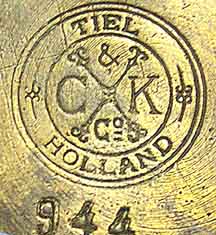 Another Kurz mark, photo courtesy Tony Victoria. Another Kurz mark, photo courtesy Tony Victoria. |
|
Kynoch Ltd., Lion Works, Witton, originally early 19th century candlemakers but diversified to lamps and eventually pressure stove for paraffin (kerosene). They later became part of ICI Metals Division, then IMI (Kynoch) plc. Papers from 1883-1929 are with Birmingham Central Library. A Brief Review of the Development of the Copper, Zinc and Brass Industries in Great Britain from AD 1500 to 1900 by W O Alexander, PhD., F.I.M., Imperial Chemical Industries Ltd., Metals Division) |
|
r